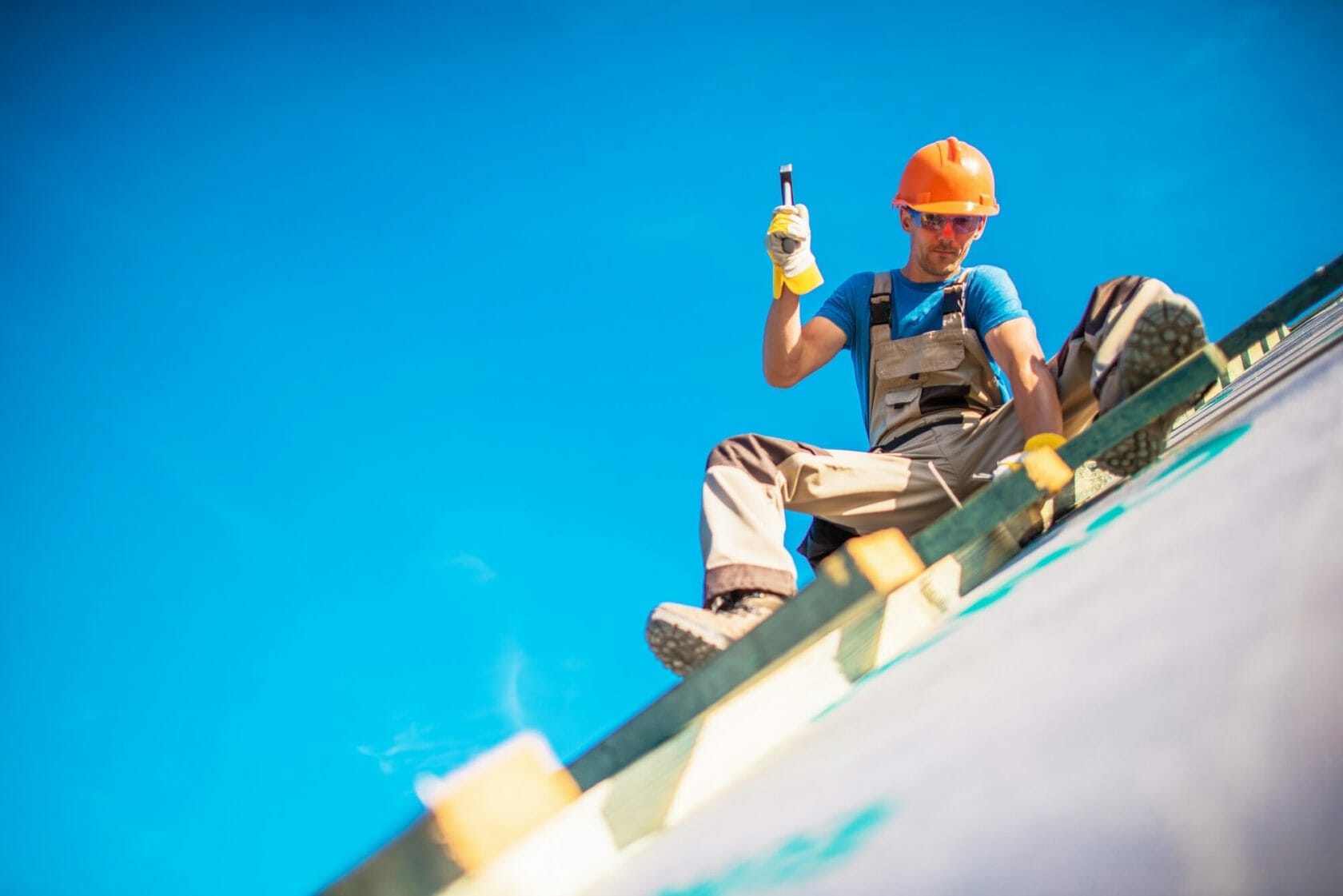Drip.
Wait. Was that water?
Drop.
Where is it coming from?
You look up and feel another drop of water land on your face.
For a business owner,this is the beginning of a headache that will likely span weeks, beginning with a drop of water and ending with a check for thousands of dollars leaving your pocket. But, what could you have done? And, how can you prevent this from happening again?
The fact is, all roofs will need repair at some point, but, thereare things you can do to prolong the life of your roof and avoid costly repairs for as long as possible. One of the best ways to avoid excessive repair costs is to make sure your roof is properly weatherproofed. Here are three, simple things to consider when weatherproofing your roof.
- Roof Structure—Most commercial roofs are flat and can be made of a variety of materials, including bitumen, metal, plastic, foam, and more. Before beginning the process of weatherproofing your roof, you must know what you’re working with. What is your roof made of, and what weatherproofing capabilities does it currently have? Where is it lacking? No matter which type of roof your building has, it will eventually leak and wear down, but determining the structure of your roof and understanding its strengths and weaknesses will give you a clearer picture of what must be addressed during the weatherproofing process.
- Geography—Where is your business located? What’s the weather like? If you’re located in the Mid-South, you likely experience all four seasons. So, you’ll have to protect against heat and intense sunlight in the summer, as well as freezing temperatures and ice in the winter. To fully understand how to weatherproof your roof, you must know exactly what weather elements it needs to be protected from.
- Materials for Weatherproofing—Depending on your business’ location, weatherproofing may not be the same thing as waterproofing. To use the previous example, if your business is located in Tennessee or Alabama, you may need heating cables in the winter for ice protection, as well as additional coating in the summer to protect from intense sunlight. If you want your roof to be completely weatherproof, you may need to use a variety of materials to achieve that goal.
There are many variables to consider when weatherproofing your roof, but if you do your homework, it can be a straightforward process. You simply need to understand the material you’re working with and the weather elements you need to guard against.
While the process can be straightforward, some intricacies may best be addressed by a professional. If you’d like some guidance to determine the best way to weatherproof your roof, contact Maxwell Roofing & Sheet Metal, Inc. We’d love to help you protect your building and avoid costly, unplanned repairs.

